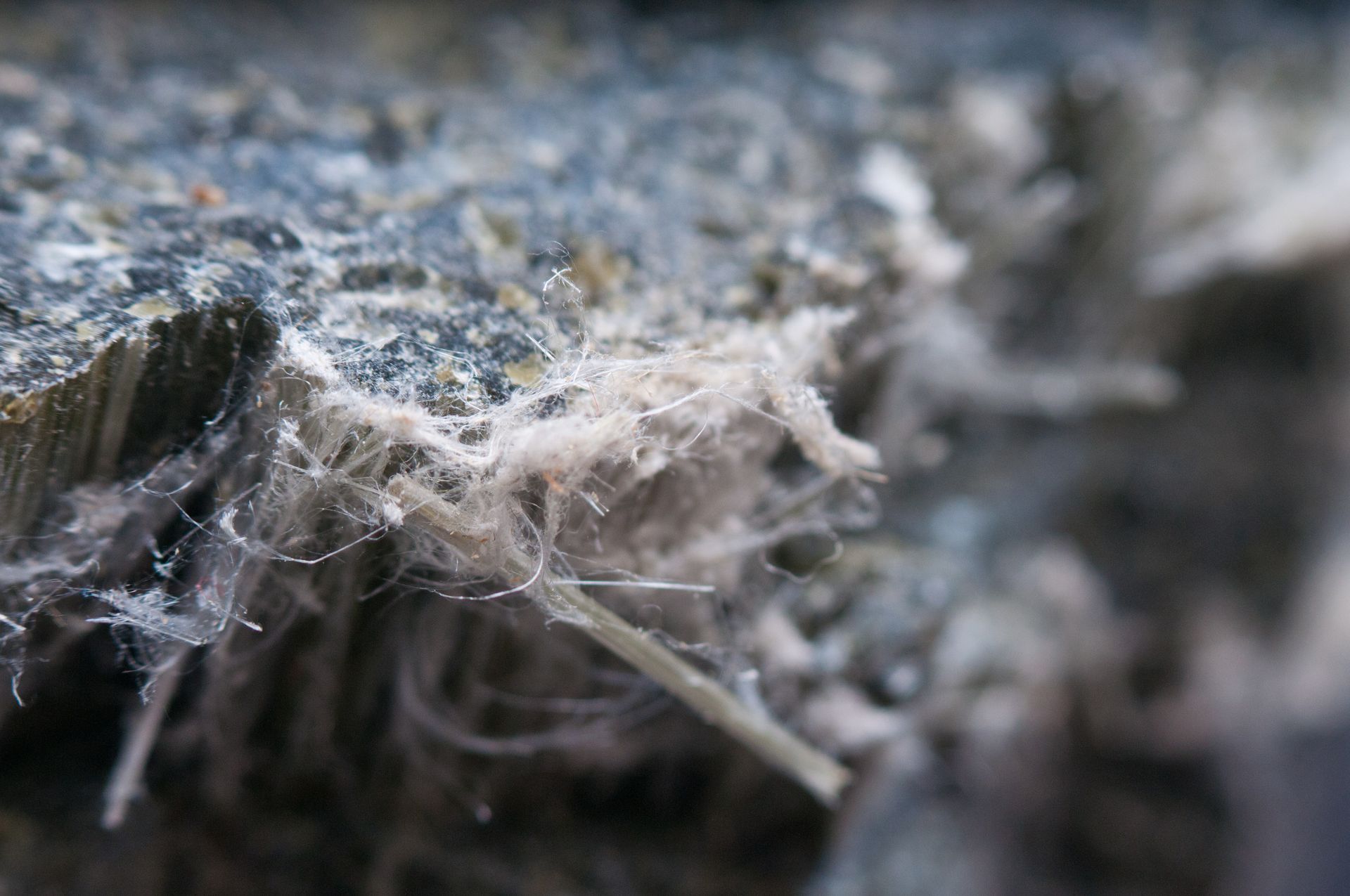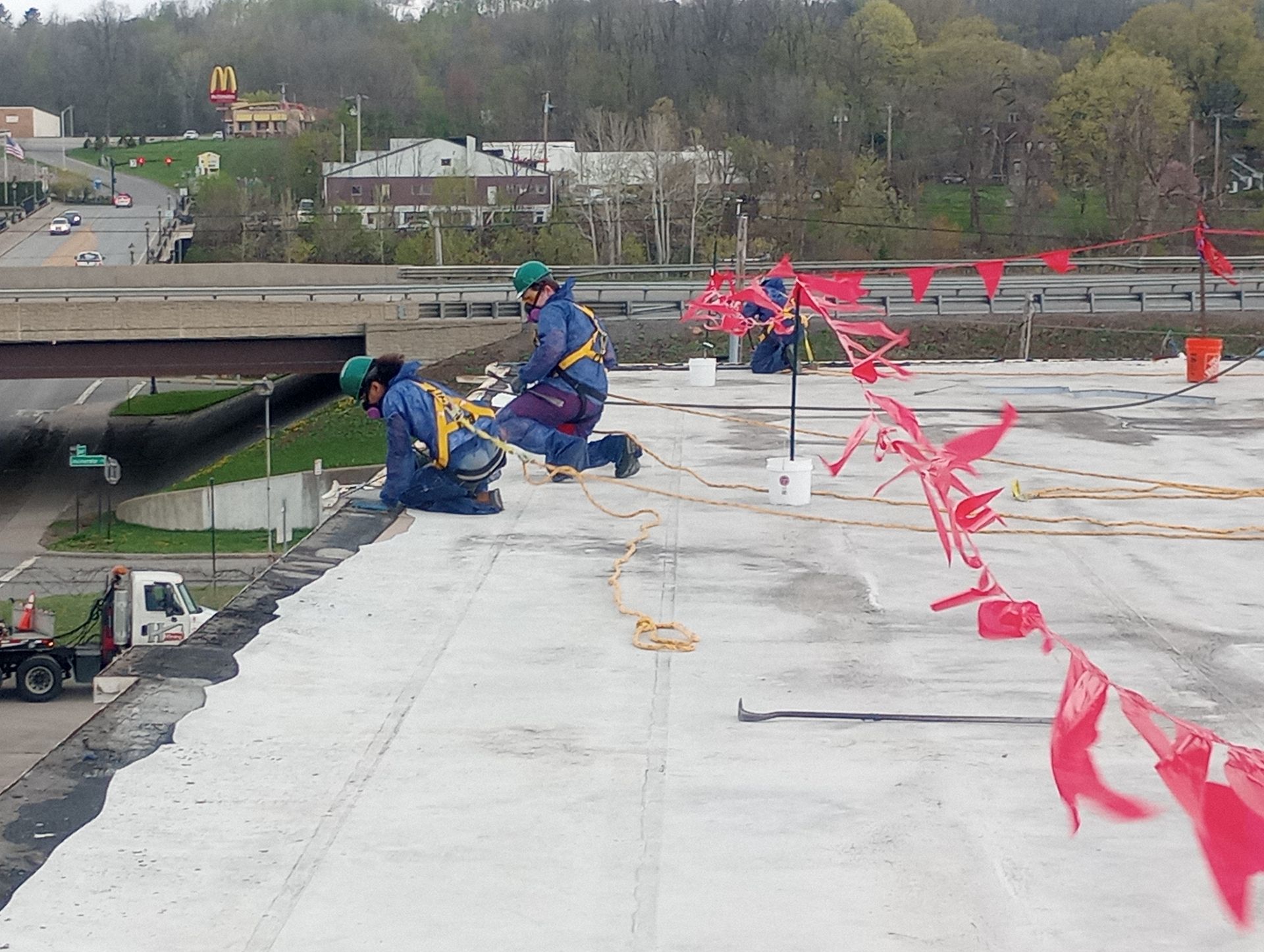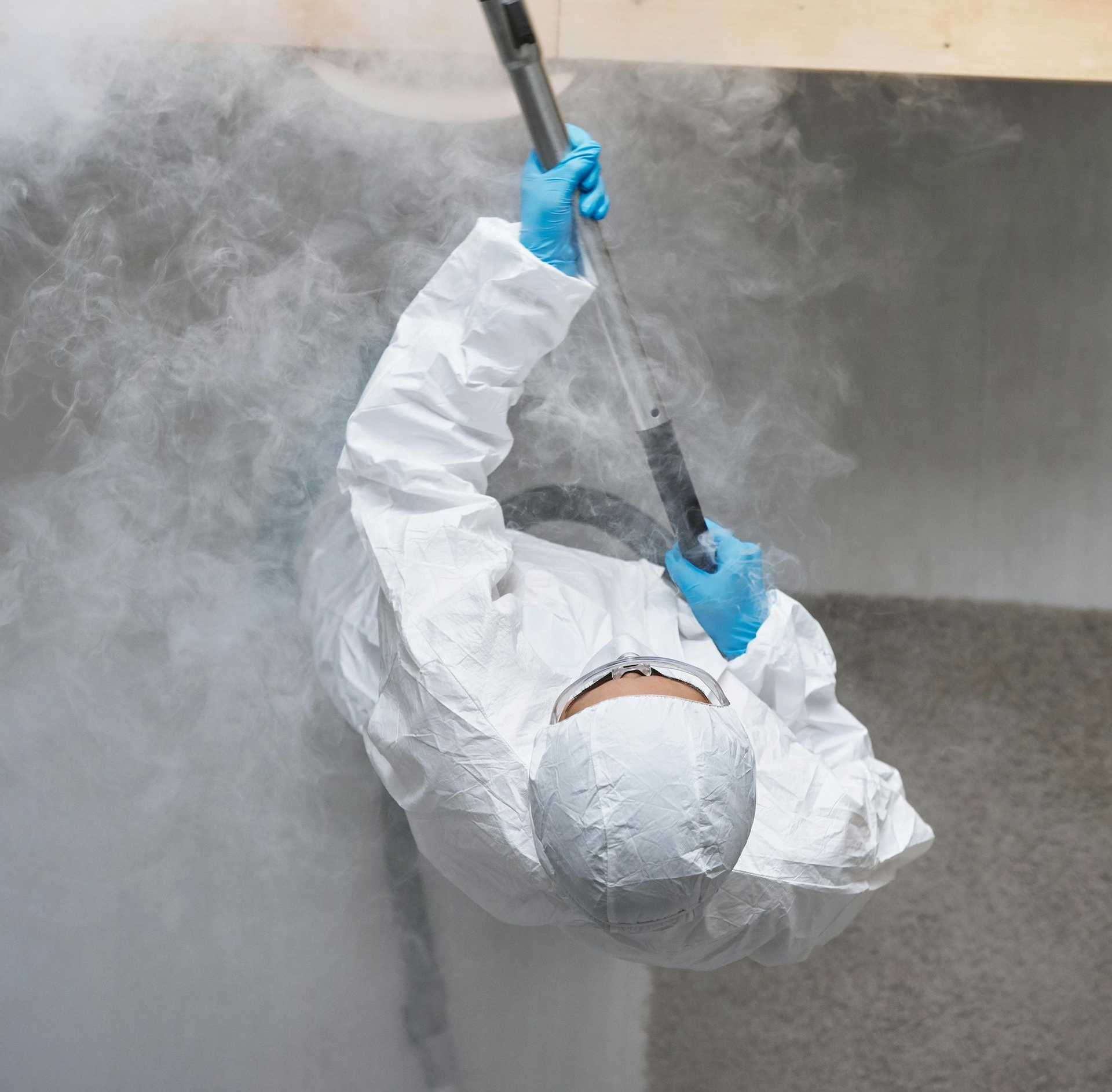Where Can I Find Asbestos?

Asbestos Awareness
Identifying and Addressing Asbestos
Asbestos is a naturally occurring mineral that was widely used in various building materials and products due to its heat resistance, strength, and insulating properties. However, its use has significantly declined since the 1980s due to the discovery of its severe health risks, including lung cancer, mesothelioma, and asbestosis. Despite the reduced use of asbestos in new materials, it can still be found in many older buildings and products. Knowing where asbestos might be present is crucial for avoiding exposure and ensuring safe handling during renovations or demolitions. This blog will explore the common locations where asbestos can still be found.
Residential Buildings
Homes built before the 1980s are the most likely to contain asbestos materials. One of the most common places to find asbestos in older homes is in insulation, particularly in attics and walls. Vermiculite insulation, often used in attics, may contain asbestos if it was sourced from certain mines. Asbestos was also used in pipe insulation, often in the form of a white or gray material that wraps around water or heating pipes.
In addition to insulation, asbestos can be found in floor tiles, ceiling tiles, and adhesives. Vinyl floor tiles and the adhesive used to install them may contain asbestos, as can older linoleum flooring. Ceiling tiles, particularly those used in suspended ceilings, can also contain asbestos.
Roofing & Siding Materials
Asbestos was commonly used in roofing and siding materials due to its durability and fire resistance. Asbestos-containing roofing materials include shingles, felt, and tar paper. Siding materials made from asbestos cement were widely used in both residential and commercial buildings. These materials are generally safe if left undisturbed, but cutting, drilling, or removing them can release asbestos fibers into the air.
Textured Coatings & Paints
Textured coatings, such as popcorn ceilings or Artex, often contain asbestos. These coatings were popular in homes built before the 1980s and were used to create decorative finishes on ceilings and walls. Asbestos was also sometimes added to paints and patching compounds to improve their durability. These materials can pose a risk during renovation projects if they are sanded, scraped, or otherwise disturbed.
Plumbing & Heating Systems
Asbestos was widely used in plumbing and heating systems, particularly in older homes and buildings. Pipe insulation, as mentioned earlier, often contains asbestos. Additionally, asbestos was used in gaskets, valves, and other components of heating systems, including boilers and furnaces. Boiler insulation and asbestos cement pipes are common sources of asbestos in older buildings.
Automotive Products
Asbestos is not limited to buildings; it can also be found in various automotive products. Brake pads, clutches, and gaskets in older vehicles may contain asbestos. While modern vehicles are less likely to contain asbestos, it’s still important to be aware of the potential risk when working on older cars, particularly if you’re handling brake or clutch components.
Schools & Public Buildings
Many schools and public buildings constructed before the 1980s contain asbestos materials. These materials can include everything from ceiling tiles and insulation to flooring and roofing materials. Asbestos in schools is a particular concern due to the potential for exposure among children and staff. In many cases, these materials remain in place under careful management plans, which aim to minimize the risk of asbestos exposure by keeping the materials undisturbed and regularly inspected.
What To Do If You Suspect Asbestos
If you suspect that your home or workplace contains asbestos, it’s essential to take precautions. Do not attempt to remove or disturb the material yourself. Instead, contact a licensed asbestos professional to conduct an inspection and, if necessary, safely remove the asbestos-containing materials. Proper handling and disposal are crucial to prevent the release of asbestos fibers into the air, where they can be inhaled and cause serious health problems.
Asbestos can still be found in many older buildings and products, from residential homes and schools to automotive parts and public buildings. Knowing where asbestos is commonly located can help you take the necessary steps to avoid exposure and ensure safe handling during renovations or demolitions. Always consult a professional if you suspect asbestos is present, and prioritize safety to protect your health and the health of others.





